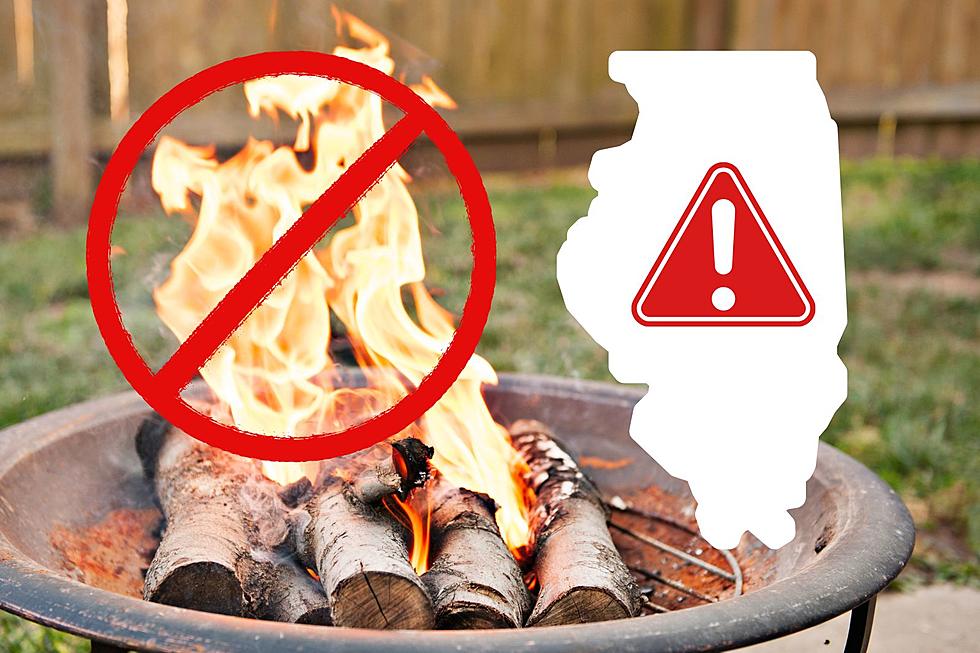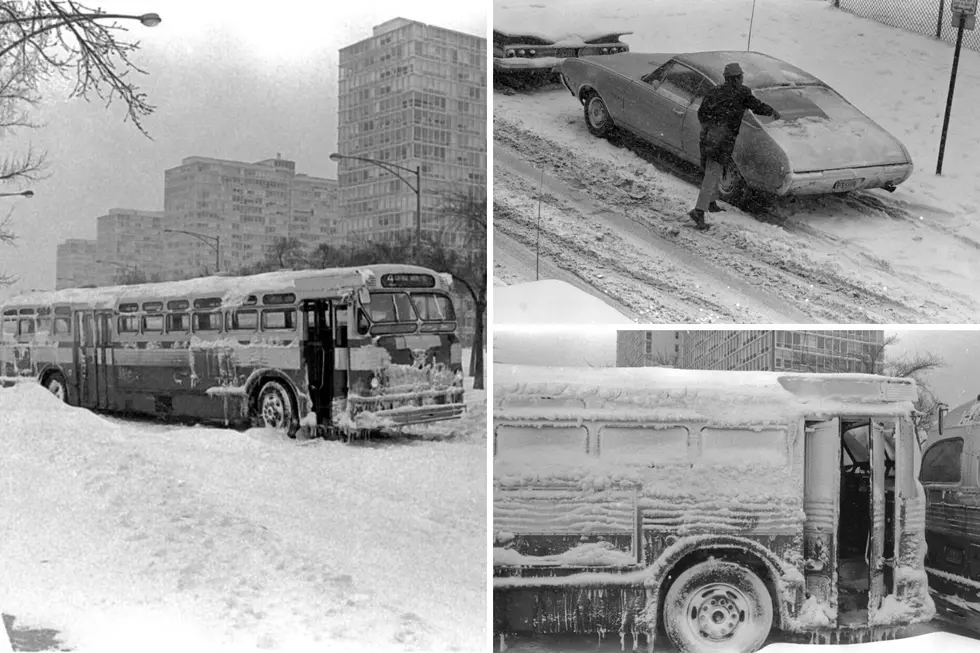
Oswego, Illinois Man Shares Photo Of Magical-Looking Pieces of Hail
Hail is a common weather phenomenon in Illinois. This is heavily due to the state's location in the United States. The Land of Lincoln is smack dab in the center of the country, at the intersection of the cold, dry air masses from Canada and the warm, moist air from the Gulf of Mexico. Illinois is in a prime location for the formation of severe thunderstorms that can produce hail.
Illinois is in Tornado Alley, along with Indiana, Iowa, Kansas, Missouri, Nebraska, Ohio, Oklahoma, South Dakota, Indiana, Missouri, and parts of Texas.
In Illinois, you're most likely to endure a hailstorm (the weather, not the band) during the spring and summer months when the weather is warmer and more humid. However, these storms can also happen during the fall and winter months, especially when cold air masses collide with warm fronts. Illinois being in Tornado Alley makes it more susceptible to severe weather events, including hailstorms too.
Typically, the hail produced in Illinois can range from small, pea-sized hail to large, grapefruit-sized hailstones that can cause significant damage to property and vehicles. Back in July 2011, the state has seen some of the most damaging hailstorms in U.S. history, causing over $2 billion in damages.
The largest officially documented hailstone in Illinois was 4.75" in diameter, occurring at Minooka on June 10, 2015. - National Weather Service
You might think all hail looks the similar, circular balls of ice that can be annoying, painful, and damaging. The idea makes sense but it's not a fact. Check out this photo of hail from a recent storm in Oswego, Illinois.
That would be something awesome to freeze in time, no pun intended. (Btw, if you're looking for an interesting Facebook group to follow, check out Illinois Storm Community.
See More: Illinois Fire Department Uses Tacos To Explain Severe Weather Advisories
March 31, 2023, Severe Weather Tracker
Hailtrace shared this map of hail, wind, and tornadoes that impacted Illinois and other states on March 31, 2023.
LOOK: Stunning Photos Of The EF-4 Tornado That Ripped Apart Fairdale, Illinois
LOOK: The most expensive weather and climate disasters in recent decades
More From Rockford's New Country Q98.5









